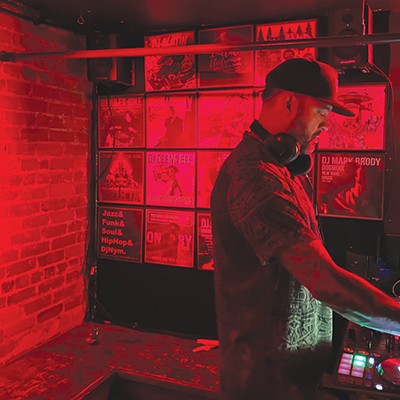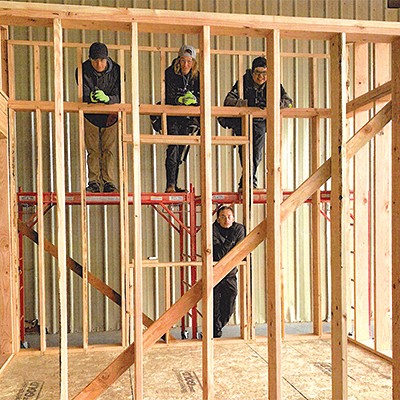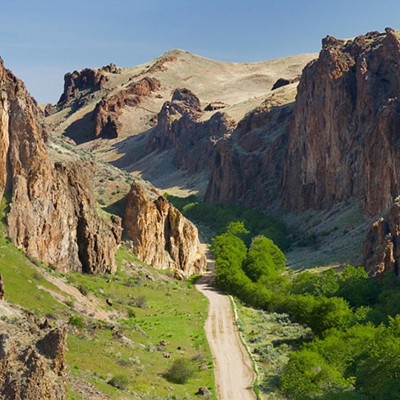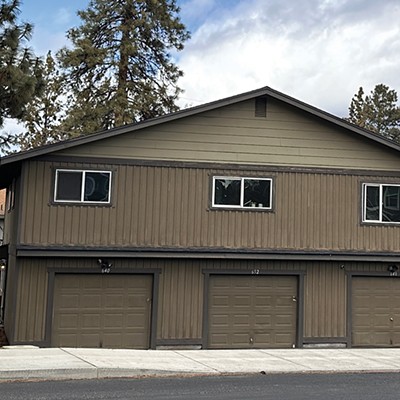Central Oregonians like to brag about their clean air, and most of the time the bragging is justified. Last week, though, somebody driving into Bend might have thought he’d taken a wrong turn on I-5 and ended up in Los Angeles.
A yellowish-brown pall hung over town, so thick at times that you could barely make out Pilot Butte through the gunk, much less the Three Sisters and Mount Bachelor. Things got so bad on Sunday morning that the state Department of Environmental Quality briefly listed Bend's air quality as “unhealthy” – the worst rating. And incredibly, the smoke in Prineville was almost six times as heavy.
On Tuesday morning the DEQ again rated the air in Bend as unhealthy for “sensitive” groups, meaning the young, the old, and anybody with a breathing disorder like asthma or emphysema.
Most of the smoke has been coming from the many wildfires burning north, south and east of Bend – an unfortunate but unavoidable late-summer fact of life here. But some of it was contributed by farmers in the Madras area burning off stubble in grass seed fields, and that is avoidable – or damn well should be.
The Jefferson County Smoke Management Program, begun in 1981 by the county seed growers’ association on a voluntary basis and made mandatory in 1989, decides when farmers can burn their fields. The program has a list of criteria for determining “no-burn conditions,” “marginal burn conditions” and “good burn conditions.” A “no-burn” situation means temperatures above 90, winds above 20 miles per hour and relative humidity under 20 percent.
The program aims to prevent highway accidents caused by drifting smoke as well as to “minimize, to the greatest extent possible, impacts of smoke on the communities of Central Oregon.” It’s been pretty successful at achieving the first aim; no smoke-caused highway accidents have happened since the program went into effect. But on the second aim the record is mixed, at best.
Communities in the Willamette Valley used to have a severe problem with smoke pollution from burning grass fields in the late summer – so severe, in fact, that smoke caused a 21-vehicle pileup on I-5 near Albany in 1988, killing seven people. That tragedy led to restrictions on field burning in the 1990s, and the state Legislature – moving at its characteristic glacial pace – finally banned field burning in the Valley outright in 2010.
We’re not saying Central Oregon needs a ban on burning, at least not yet. But the Jefferson County smoke management program should look into tightening its standards on when burning is allowed. For instance, it might expand the “no-burn” designation to include situations when the air in surrounding communities already is at or near unhealthy levels because of active wildfires.
Kristi Fisher, manager of the smoke management program, told reporters that only a small part of the smoke in Central Oregon’s air comes from field burning. That’s true, but it’s a part that we can – and must – do something about. In the hope of prodding the seed growers into action, we’re applying THE BOOT.


























